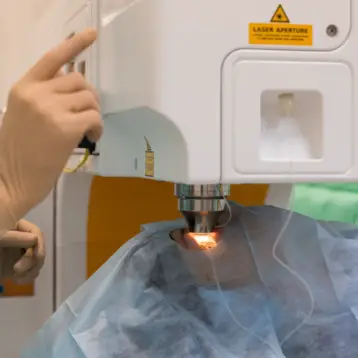|
Clinicians are worried because of the widespread nature of chronic pain; estimations are that it afflicts 20% of adults. Some individuals are more susceptible than others, and the degree of pain experienced after injury or surgery is known to be highly variable between patients, even under nearly identical circumstances.
In a recent report published online in Genome Research, the team reported identifying a region of mouse chromosome 15 that likely contained a genetic variant or variants contributing to pain. However, this region contains many genes, and the responsible variant remained unknown. The basis for this has remained largely unknown, prompting researchers to search for the contribution of genetics to chronic pain susceptibility. To accelerate research in this field, animal models are proving to be critical to understanding the underlying biology of chronic pain in human patients.
This latest study was led by Professor Ariel Darvasi of the Alexander Silberman Institute of Life Sciences at the Hebrew University of Jerusalem (HUJI), and it involved researchers from several countries: the University of Toronto, Canada; Sanofi-Aventis, Germany; and the Karolinska Institute Center for Oral Biology, Sweden. The team undertook two fine-mapping approaches to narrow down the chromosomal locus to an interval of 155 genes. In addition to traditional medical methods, the researchers applied bioinformatics approaches and whole genome microarray analysis; the result was identifying a single gene – Cacgn2 – as the likely candidate.
In their study, the scientists write that chronic neuropathic pain is affected by specifics of the precipitating neural pathology, psychosocial factors, and by genetic predisposition. In contradiction to the massive amount of resources put into the research of these fields, little is known about the identity of predisposing genes. Using an integrative approach, they discovered that Cacng2 significantly affects susceptibility to chronic pain following nerve injury. Interestingly enough, Cacng2 has previously been implicated in epilepsy.
Cacng2 encodes for stargazin, a protein intimately involved in the trafficking of glutamatergic AMPA receptors. Analysis of stargazer mice, a Cacng2 hypomorphic mutant, provided electrophysiological and behavioral evidence for the gene’s functional role in pain processing.
After choosing Cacgn2 as a candidate, the team utilized a mouse strain harboring a mutant version of the gene (the same one that had previously been used in epilepsy research). In testing the mice for behavioral and electrophysiological characteristics of chronic pain, they found consistent results, proving that Cacgn2 has a functional role for in pain, although it might be modest.
While the results published in the article are undisputed, it is yet to be seen whether the human version of the gene has the same impact over chronic pain. Analyzing a cohort of breast cancer patients who experienced chronic pain half a year or more after they that had undergone removal or partial removal of a breast, helped the team to find that genetic variants of Cacng2 were significantly associated with this chronic pain. Furthermore, the authors caution that this association will need to be analyzed further.
Despite the inconclusive results, Darvasi is encouraged. “The immediate significance is the mere awareness that differences in pain perception may have a genetic predisposition,” he said. “Our discovery may provide insights for treating chronic pain through previously unthought-of mechanisms.”
TFOT has also covered experiments on ion channels, conducted by two separate American research groups. Ion channels are known to be involved in chronic pain, and better understanding of these pores in our nerve cells might lead to development of new drugs.
For more information about the gene that causes chronic pain, see the Hebrew University’s press release.










